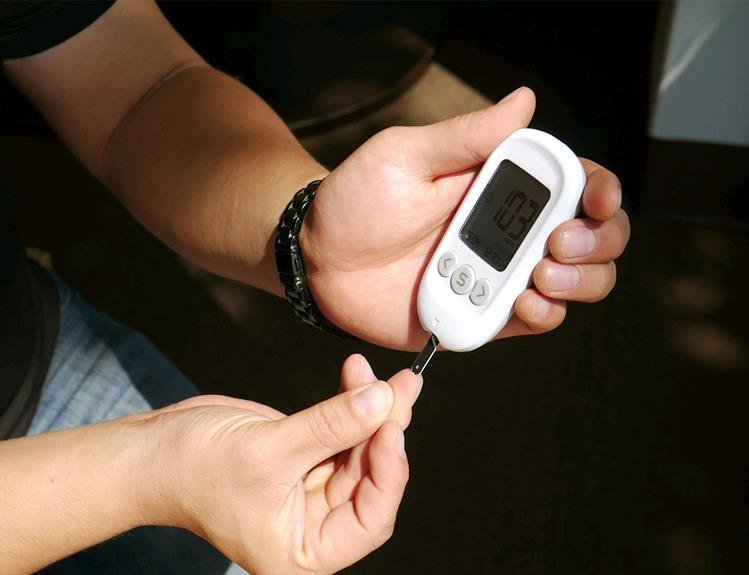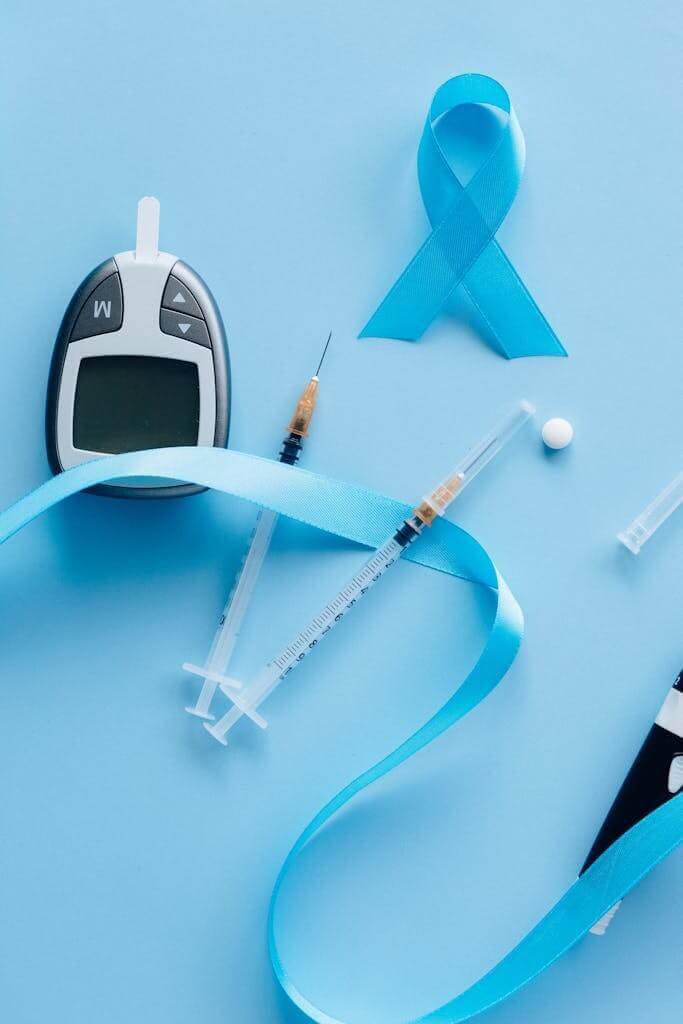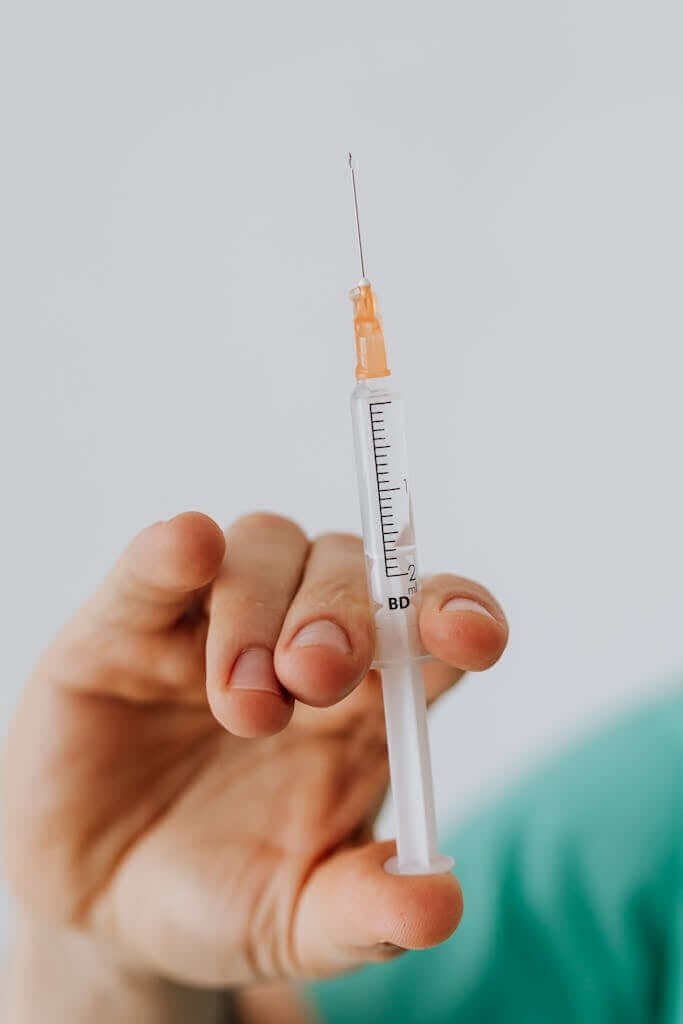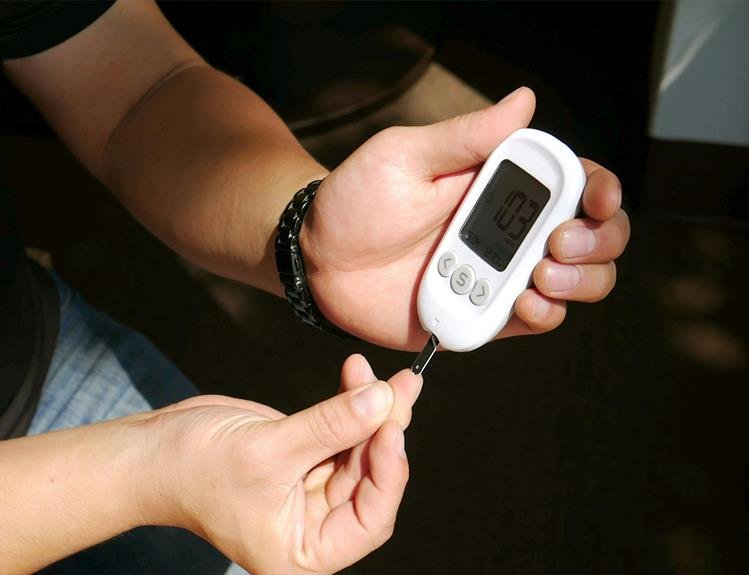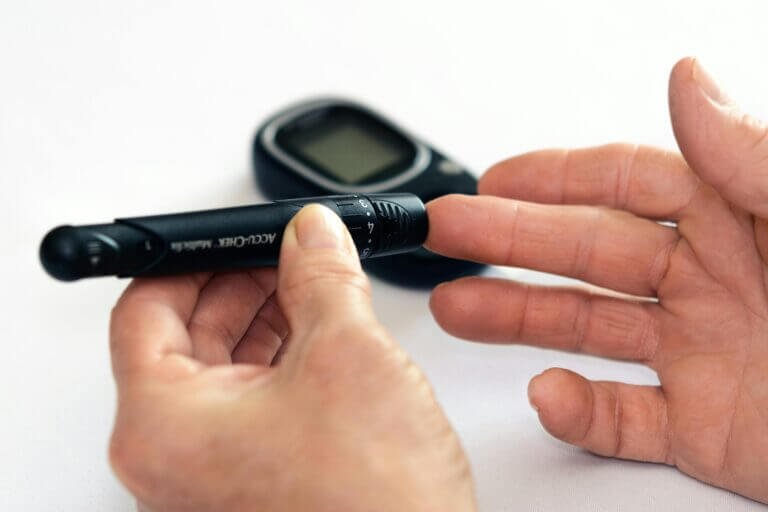Red Flags: Signs That You May Be at Risk for Diabetes-Related Amputation
If you've noticed foot sores and wounds that just won't heal, or if you're experiencing numbness and tingling in your extremities, these could be red flags signaling a risk for diabetes-related amputation. Skin changes, persistent pain, and slow-healing injuries are also warning signs that shouldn't be ignored.
Understanding these indicators and taking proactive steps can make a significant difference in your health outcomes.
Stay tuned to learn more about how to recognize these signs and what actions you can take to protect yourself from this serious complication.
Foot Sores and Wounds
If you notice persistent foot sores or wounds that are slow to heal, you may be at risk for diabetes-related amputation. It's crucial not to ignore these warning signs. Diabetes can lead to nerve damage and poor circulation, especially in the feet, making them vulnerable to developing ulcers that can worsen over time.
Regularly inspect your feet for any signs of sores, cuts, or bruises, especially if you have diabetes. Keep your feet clean and moisturized to prevent dryness and cracking, which can lead to open wounds. Proper foot care includes wearing comfortable shoes that fit well and seeking medical attention promptly if you notice any concerning foot issues.
Remember to check your feet daily, even if you don't currently have any foot problems, as prevention is key. By staying proactive and addressing any foot sores or wounds promptly, you can reduce the risk of complications that could ultimately lead to amputation. Your feet play a vital role in your overall health, so take care of them diligently.
Numbness and Tingling
Experiencing numbness and tingling sensations in your extremities could indicate nerve damage associated with diabetes, a condition that requires prompt attention to prevent complications. Diabetes can lead to peripheral neuropathy, a condition that affects the nerves in your arms, hands, legs, and feet. When these nerves are damaged, you may experience tingling, numbness, or even a burning sensation.
If you have diabetes, it's crucial to pay close attention to any changes in sensation in your extremities. Numbness and tingling may seem harmless, but they can be early warning signs of potential nerve damage. Ignoring these symptoms could lead to serious complications, such as foot ulcers or even amputation down the line.
To prevent further nerve damage and complications, it's essential to manage your blood sugar levels effectively through medication, diet, and regular exercise. Additionally, scheduling regular check-ups with your healthcare provider can help monitor and address any issues related to nerve damage promptly. Take control of your health and seek medical advice if you experience persistent numbness or tingling in your extremities.
Skin Changes and Discoloration
Skin changes and discoloration can serve as important visual indicators of potential diabetes-related complications. If you have diabetes, it's crucial to pay close attention to any changes in your skin.
One common skin issue associated with diabetes is called diabetic dermopathy, which presents as light brown, scaly patches. These patches may indicate poor circulation or nerve damage, both of which are serious concerns for individuals with diabetes.
Additionally, diabetes can lead to a condition known as diabetic bullae, characterized by large, fluid-filled blisters on the skin. These blisters are prone to infection and should be addressed promptly by a healthcare professional.
Dark, velvety patches of skin, especially around the neck or armpits, may be a sign of insulin resistance, a precursor to type 2 diabetes. Monitoring your skin for any unusual changes or discoloration is vital in catching potential complications early and preventing more severe issues down the line.
Persistent Pain or Cramping
Persistent pain or cramping in your legs or feet could signal potential complications related to diabetes that require immediate attention. If you experience persistent pain or cramping in your lower extremities, it could be a sign of poor circulation or nerve damage, both of which are common issues in individuals with diabetes.
This discomfort may be a result of peripheral artery disease (PAD) or peripheral neuropathy, conditions that can lead to serious complications if left untreated.
Ignoring persistent pain or cramping can increase the risk of developing ulcers, infections, and even the possibility of amputation in severe cases. It's crucial to consult with your healthcare provider as soon as possible if you're experiencing these symptoms. They can help determine the underlying cause of your discomfort and provide appropriate treatment to prevent further complications.
Slow-Healing Injuries
If you have diabetes, slow-healing injuries can be a warning sign of potential complications that demand prompt attention. When you have diabetes, high blood sugar levels can cause damage to your blood vessels and affect circulation. This impairs the ability of your body to heal properly. Even minor cuts or blisters that would typically heal quickly can become slow to close and may develop into more serious wounds.
It's crucial to monitor any injuries closely, especially on your feet, as they're particularly susceptible to slow healing in individuals with diabetes. Foot ulcers are a common concern due to reduced blood flow and nerve damage. These ulcers can worsen rapidly and lead to infections if not treated promptly.
If you notice any injuries taking longer than usual to heal, seek medical advice promptly. Your healthcare provider can assess the wound, provide necessary treatment, and offer guidance on how to prevent further complications. Remember, early intervention is key in managing slow-healing injuries and preventing more severe issues that could lead to amputation.
Frequently Asked Questions
What Are Some Lifestyle Changes That Can Help Prevent Diabetes-Related Amputations?
To prevent diabetes-related amputations, you can make lifestyle changes such as managing your blood sugar levels, eating a balanced diet, exercising regularly, avoiding smoking, and taking care of your feet by wearing proper footwear and regularly checking for wounds.
Are There Any Specific Exercises or Physical Activities That Can Improve Circulation in the Feet and Lower Limbs for Individuals at Risk for Amputation?
To improve circulation in your feet and lower limbs, engage in activities like walking, swimming, or cycling. These exercises help pump blood efficiently, reducing the risk of amputation. Consult your healthcare provider for personalized recommendations.
How Often Should Individuals With Diabetes Check Their Feet for Signs of Potential Amputation Risk?
Like a daily ritual, check your feet for signs of potential amputation risk at least once a day. Early detection is key in preventing complications. Stay vigilant and make foot checks a non-negotiable part of your routine.
Are There Any Specific Dietary Recommendations for Individuals at Risk for Diabetes-Related Amputation?
To reduce diabetes-related amputation risk, focus on a balanced diet rich in fruits, vegetables, whole grains, lean proteins, and healthy fats. Limit sugar, processed foods, and excessive salt. Stay hydrated and monitor portion sizes.
What Are Some Warning Signs That Indicate a Need for Immediate Medical Attention for Individuals at Risk for Amputation?
If you notice signs like persistent pain, non-healing sores, discoloration, or temperature changes on your feet or legs, seek immediate medical attention. Quick action can help prevent serious complications, especially if you're at risk for amputation.
Conclusion
Listen to your body's warning signs – they're like fiery red flags waving in the wind, signaling danger ahead. Ignoring symptoms of diabetes-related complications could lead you down a treacherous path towards amputation.
Take heed of the whispers of pain, the tingling warnings, and the slow-healing wounds. Don't let the flames of diabetes consume you – take action now to protect your precious limbs from the fire.
